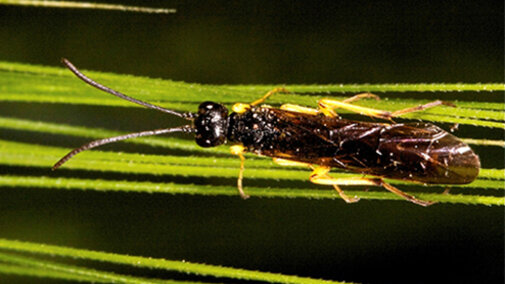Regional Pest Updates
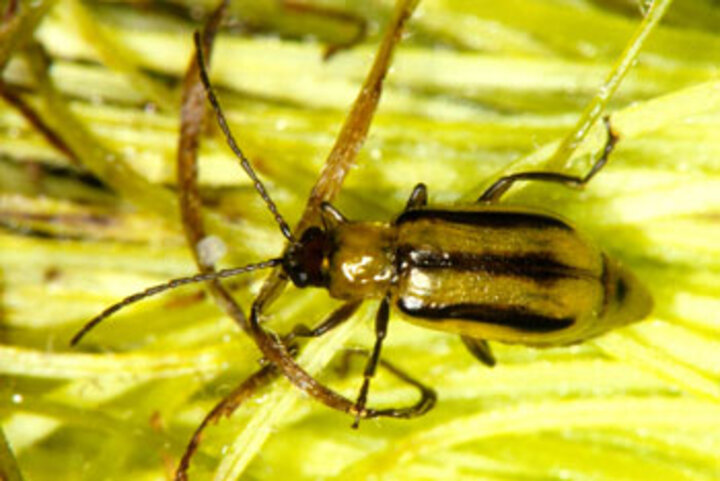
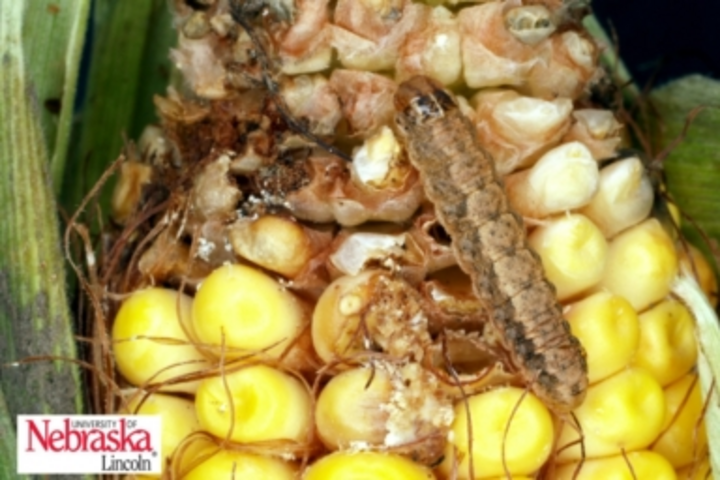


- Western corn rootworm (Figure 1) was a sporadic problem in the Nebraska Panhandle in 2018 with fields planted to continuous corn being at highest risk. Resistance to pyrethroids as well as resistance to Bt proteins Cry3Bb1 (Yieldgard Rootworm), mCry3A (Agrisure RW), eCry3.1Ab (Agrisure Duracade) is a growing concern. Recent reports from Iowa of resistance to Cry34ab1/Cry35ab1 have also been confirmed. Importantly, resistance can be quite localized and is very dependent on local on-farm practices. Diversifying management tactics as well as varying insecticide modes of action can help to provide adequate pest control, as well as slow the development of resistance. More
- In 2018 the western bean cutworm (Figure 2) was locally abundant in the Panhandle. Flight patterns monitored at four light trap locations at the Panhandle Research and Extension Center in Scottsbluff indicate peak flight occurred around July 16-17, 2018. This is about the same date as North Platte and about eight days later than Clay Center. Depending on trap location in the Panhandle, peak moth numbers ranged from 340 to 1,570. I am interested in hearing and talking to dry bean receiving stations about cutworm damage this year. More
- We had several reports concerning corn earworm activity, particularly in sweet corn in 2018. This was also noted in the West Central District. In addition to concerns about larvae in corn fields, other crops, including chickpeas (garbanzo beans) may also be at risk as interest grows in these crops.
- Wheat stem sawfly (Figure 3) continues to be an important pest of wheat in Nebraska. All panhandle counties west of Cherry, Grant, Arthur, and Keith are at high risk. Of particular risk on those production systems that are no-till and wheat/summer fallow/wheat crop rotations. Wheat acres in close proximity to such cropping systems are also at high risk for increase sawfly abundance. Additionally, wheat curl mite, with the three wheat viruses that it transmits, poses a high level of risk to wheat growing areas that received pre-harvest hail events. To better understand this dynamic between hail, wheat viruses, and wheat, please visit the “Wheat curl mite time machine” More
- In alfalfa, it is important to be aware that alfalfa weevil has the potential to cause increased damage after the first cutting as a result of both larval and adult feeding. This weevil generally overwinters as an adult; however, in some areas eggs are surviving the winter, potentially due to milder winter temperatures in recent years. More
- Thrips were an issue in some dry bean fields. Generally they infest crop borders and can increase and move into a field from there. Often, if thrips and severe leaf cupping are observed on crop borders, a border treatment can be applied to stop their increase and spread into a field. Furrow-irrigated fields can be at a higher risk for thrips as these fields generally have a drier canopy, which favors thrip development.
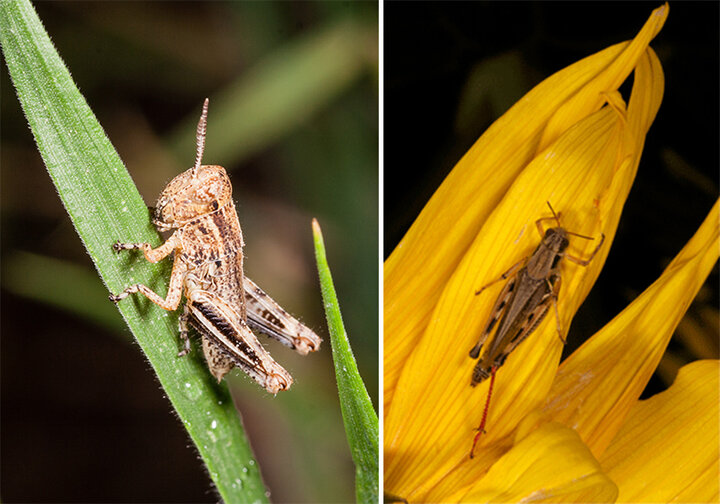
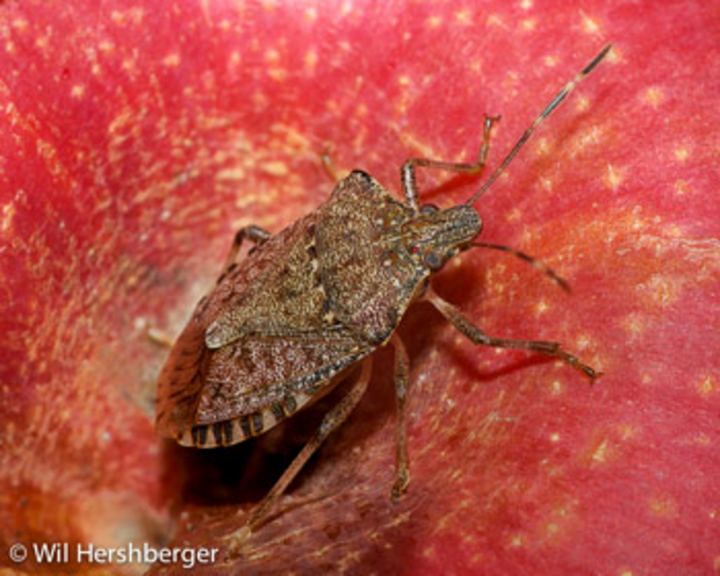
- Grasshopper abundance was down again in 2018, with some locally abundant populations. We did not experience an extended, warm fall in 2018; therefore, grasshopper populations on rangeland are unlikely to be problematic in 2019. Additionally, spider mite abundance was generally low although there were some localized, late-season concerns in some corn fields. Spider mite populations develop well on drought-stressed plants. The somewhat cooler and wetter weather in 2018 was not favorable to either spring- or summer-emerging species of grasshopper. In fact, according to the U.S. Drought Monitor, only the very southeast corner of Nebraska is facing any serious drought impacts. More on grasshoppers. More on spider mites.
National Pest Alerts
The brown marmorated stink bug (Figure 5) continues to spread into the interior of the U.S. This insect is native to China and has a very broad host range. Importantly for the Panhandle, this insect poses a high risk to dry edible bean production. It has been collected in Nebraska, but there was only a single report in a laboratory shipment.
Currently, it is only a home nuisance pest in most Midwestern states and a fruit-crop pest in some western states. However, beans are at high risk for infestation. Fortunately, there is a large USDA-funded project focused on this insect. We will continue to keep a close eye on the spread of this pest. There are some look-a-likes, so please submit any samples that may concern you to your area Nebraska Extension office or to your district entomologist and we can confirm.
